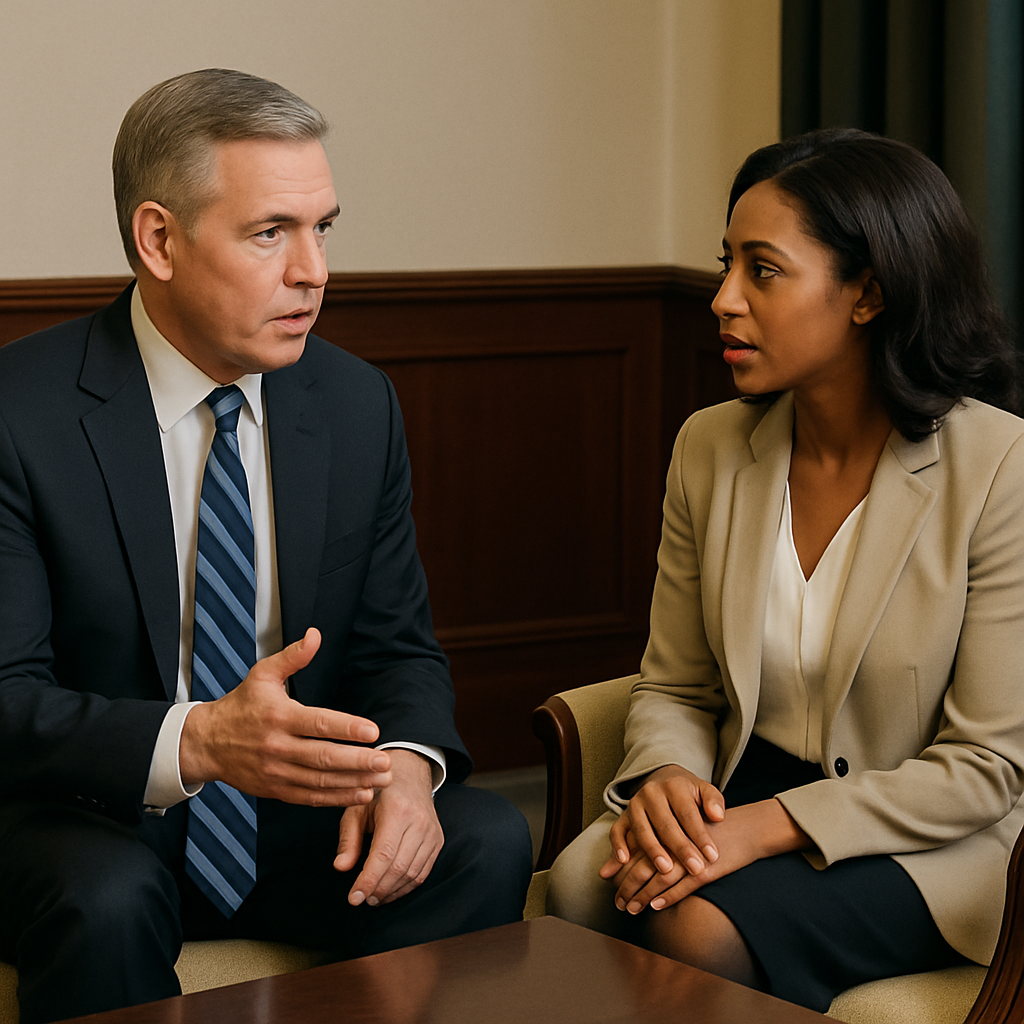I told a client recently that my role was to empower her to achieve her goals and she laughed saying she wished I would enable her instead. I was a bit puzzled because to be honest, I wasn’t sure of the difference between empowering and enabling. So I did a bit of reading and this is what I discovered…
Enabling is doing something challenging FOR someone else. Empowering is supporting someone as THEY complete the challenging task.
This is a good lesson for all of us, especially if we have children and regularly step in to do things for them. We may be unwittingly teaching our kids (teenagers, young adults) that when life gets tough, someone else will fix or solve their issues. We disempower them because they become reliant on the person who is enabling them, instead of developing the self-regulation needed to learn, push through and move forward.
There is often a fine line between enabling and empowering someone. This makes it hard to know what the best thing to do in any given situation, especially if we are trying to help a loved one. So, how do we know when we are approaching that line?
The first thing is to acknowledge that life is difficult for everyone, in a different way on a different day but most people of all ages have struggles. Problems and challenges are inevitable, especially when trying to help those we care for. It can be very complicated and hard to do. How do you say no? When do you need to say no? What if you don’t want to hurt the people you care about? Could saying no damage the relationship? Are you fearful of what they might do if you don’t step in and take on the burden? These are all questions I’ve asked myself.
So how do we distinguish between enabling and empowering others? Here are my tips:
- Gather awareness of the situation:
Be fully aware of the situation, including emotional and physical warning signals you experience as you think about the person and the situation. Ask yourself: Am I feeling unhappy, frustrated, confused, wary or angry? Do I feel heart palpitations or stomach pains?
Tuning into these warning signals, responding to them and questioning them will take you deeper into your own mind and help you recognise the difference between enabling and empowering in this situation. From here you can pause and make the best choice for yourself and your loved one.
- Reflect on those signals:
In this step, put your thoughts and feelings on trial and ask, answer and discuss them to find out what the physical and emotional warning signals are telling you about whether you’re empowering or enabling the person in your life.
Here are some useful questions to guide your thinking in this step:
- Is what I am doing keeping someone from having to face the consequences of their own behaviour, or is it pointing them in the direction of facing the consequences and therefore teaching them how to self-regulate and build their mental resilience?
- Is the help I am giving taking away an opportunity for this person to do something on their own, gain self-esteem and improve their self-regulation, or is it giving them that opportunity?
- Write down your thoughts:
This will help regulate and organise your thinking. Getting stuff out of your head and onto paper is useful for creating a picture of the current realty and freeing your mind.
- Recheck what you have written:
Reread what you wrote and look for patterns and triggers. Reconceptualise the situation so you can make better choices moving forward. Here are some questions I find useful in this step:
- Do I have a pattern of enabling this person?
- Do I feel conflicted when I help them?
- Do I resent the person I am helping because they don’t seem to appreciate it, or they haven’t used the help to improve their situation?
- Are my expectations fair?
- Did I create this situation?
- If so, why?
- Take action to remedy the situation
Positive action is something you do to help gain mental peace and change a toxic situation into a positive one.
When it comes to enabling another, this doesn’t mean you must stop helping them altogether. It just means you should find better and healthier ways to empower them—to show them compassion, empathy and love in a way that will do them good rather than have them reliant on you.
Here are some positive actions you can take to help you move from enablement to empowerment:
- One of the best ways to empower someone is to approach every relationship you are a part of with a healthy sense of your own boundaries. If you balance kindness with being able to say “no” when you or the other person is stepping over these boundaries, then you will be in a better position to help someone without enabling them or creating a toxic situation where they fully depend on you.
- Recognise that each person must take full responsibility for their own self-care (emotional, physical and spiritual), with the knowledge that no other human being can do this for them. When you cannot help yourself, it is of course healthy to ask for help, but we all need to learn how to do so without feeling entitled to this help.






One Response
“Empowering vs. Enabling” by Anne McKeown delves into the fine line between empowering others and enabling dependency. Through insightful anecdotes and practical advice, McKeown navigates readers through the complexities of fostering independence while providing support. Her nuanced approach encourages readers to reflect on their interactions and relationships, empowering them to strike a healthy balance between support and autonomy.